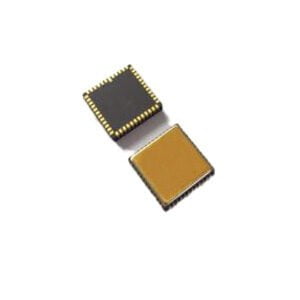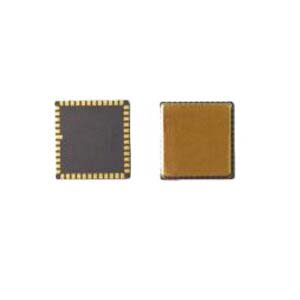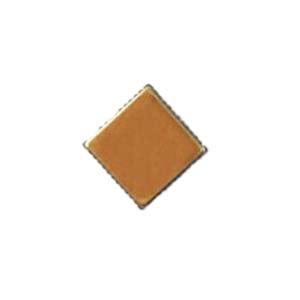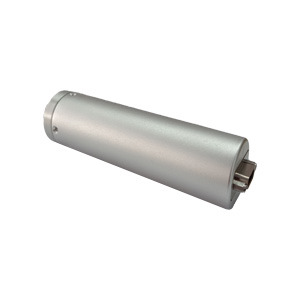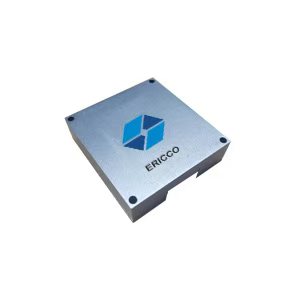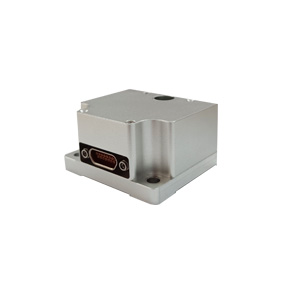The Core Sensor of UAV Flight Control
The tri-axis MEMS gyroscope is the "sensory nerve" of the UAV flight control system, responsible for real-time monitoring of the aircraft's attitude changes.
Taking the ER-3MG-063 as an example, this sensor measures the angular velocities of the pitch, roll, and yaw axes simultaneously, providing core data input for the flight control algorithm. Its compact design (only 38.6mm×44.8mm×25.5mm and weighing ≤ 70 grams) allows it to be easily integrated into the limited space of UAVs without sacrificing performance. For example:
- Hovering Stability: In indoor environments without GPS signals or complex scenarios, gyroscope data is the sole basis for maintaining balance.
- High-Speed Maneuvering: When a UAV performs maneuvers such as rolls and sharp turns, the ±400°/s measurement range can fully capture the dynamic changes.
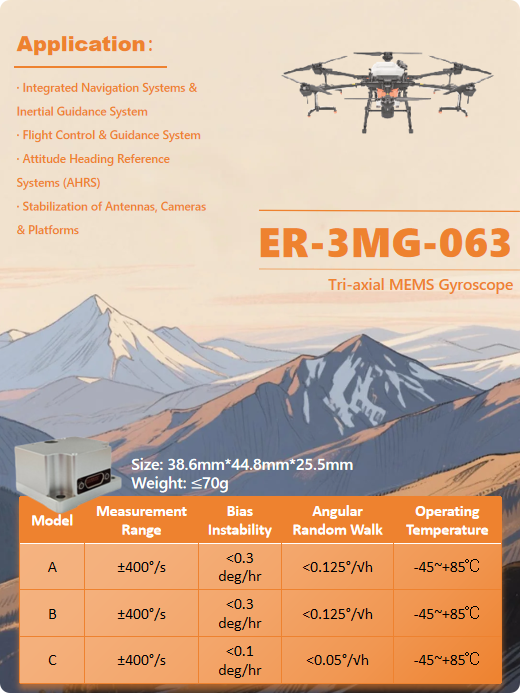
How Does It Support Stable Flight?
The Coriolis force detection mechanism of the ER-3MG-063 is specifically manifested in UAVs as follows:
- High-Frequency Vibration Drive: The internal mass blocks vibrate at high frequencies to ensure that minor attitude changes are detected.
- Dynamic Response: With a data refresh rate of 400Hz, the flight control system can adjust the motor speed in real-time.
- Anti-Interference Design: The angular random walk of the Type C is as low as 0.05°/√h. Combined with mechanical isolation and digital filtering, it suppresses the vibration noise of the propellers.
Key Roles in Practical Applications
- Attitude Self-Stabilization Mode:
- When affected by strong winds, gyroscope data drives the flight control system to compensate for tilts. The bias instability of the Type C is less than 0.1°/h, reducing cumulative errors during long - term flights.
- Precise Navigation and Obstacle Avoidance:
- The angular velocity data provided by the gyroscope is integrated with accelerometers and visual sensors to construct a 3D motion model.
- Aerial Photography Gimbal Coordination:
- The gyroscope data is transmitted in real-time to the gimbal controller to counteract the aircraft's jitter. Its low - temperature resistance down to -45°C ensures the reliability of high - altitude aerial photography.
The ER-3MG-063 tri-axis MEMS gyroscope, through high-precision angular velocity sensing, has become a crucial factor in enabling UAVs to progress from merely "being able to fly" to "flying precisely". Whether it is the stability of aerial photography footage or the positioning in industrial inspections, the balance between its compact size and high performance is redefining the possibilities of miniaturized flight control systems.
Application Techniques
1.Main features of MEMS gyroscope
2.System error and calibration of MEMS gyroscope
3.What’s the north-seeking principle of MEMS gyroscope?
4.Comparative analysis of typical high performance MEMS gyroscopes
5.The materials and structure of MEMS gyroscope
6.Error Generation Mechanism of MEMS Gyroscope Under High Acceleration Condition


